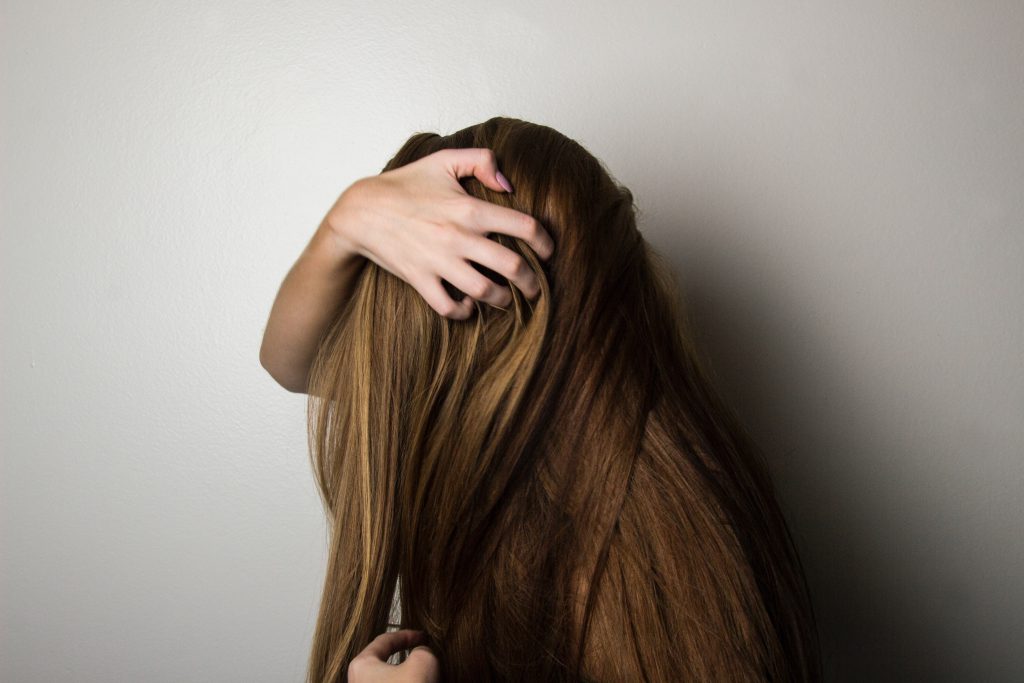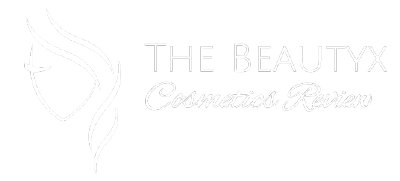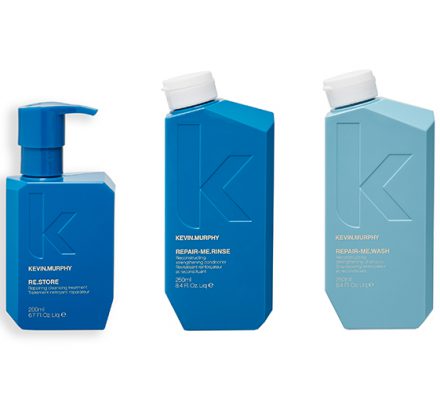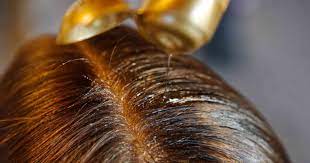![]()

PEH balance, the CWC method, and other terms have one thing in common – it’s conscious hair care. They’re getting more and more popular, not just among hair-care lovers. There’s one more thing and it’s much talked about on TikTok – reverse hair washing (in short: RHW). What does it involve and who is it recommended for? What effects does it produce?
Reverse hair washing
Phew! It’s not yet another crazy trend from TikTok looking great on a video yet not working in real life.. Reverse hair washing is a method that may help those with greasy roots and dry ends.
What does the popular TikTok trend involve? Reverse hair washing is about applying a hair conditioner before cleansing the scalp. A moisturizing hair conditioner or mask is applied from mid-lengths or only on the tips if hair’s short. You leave it on for as lon as the packaging says to allow the formula to get inside and give your hair a good supply of nutrients. After that, you need to thoroughly wash the scalp using a shampoo that meets your needs (ideally without harsh detergents like SLS, SLES). Purpose of the method? Securing and moisturizing the lengths, plus cleansing the greasy scalp.
The RHW method is milder than CWC because it doesn’t cause overburdening and flat hair. It’s great for color-treated, bleached or heat-damaged hair (from flat-ironing or curling). Professionals like to use RHW with hair coloring on hair that’s hypersensitive, lacks pigments and requires a big moisturizing boost. Sadly, it will make your hair greasy and heavy if you’ve got naturally fine hair.
Reverse hair washing – pros and cons of RHW
The method comes useful if your hair is super dry and damaged. Used as a temporary treatment – 4-5 washes in a row – it will provide hair with necessary nutrients, promoting its repair. However, that isn’t a hair care routine for every day. Pollutants, dirt, oil, styling cosmetics and other things constantly build up on hair. A conditioner isn’t enough to clear the lengths. Also, the hair cuticle scales need opening to be able to soak nutrients from a conditioner – that’s what a shampoo use on the lengths does – washing the scalp isn’t enough. The washing agents from a shampoo remove fats, lipids and dirt from the hair surface and scalp.
A hair-care geek’s glossary:
- PEH balance – balanced use of hair products with proteins, emollients and humectants
- CWC – way of washing hair, condition-wash-condition
- RHW – reverse hair washing


